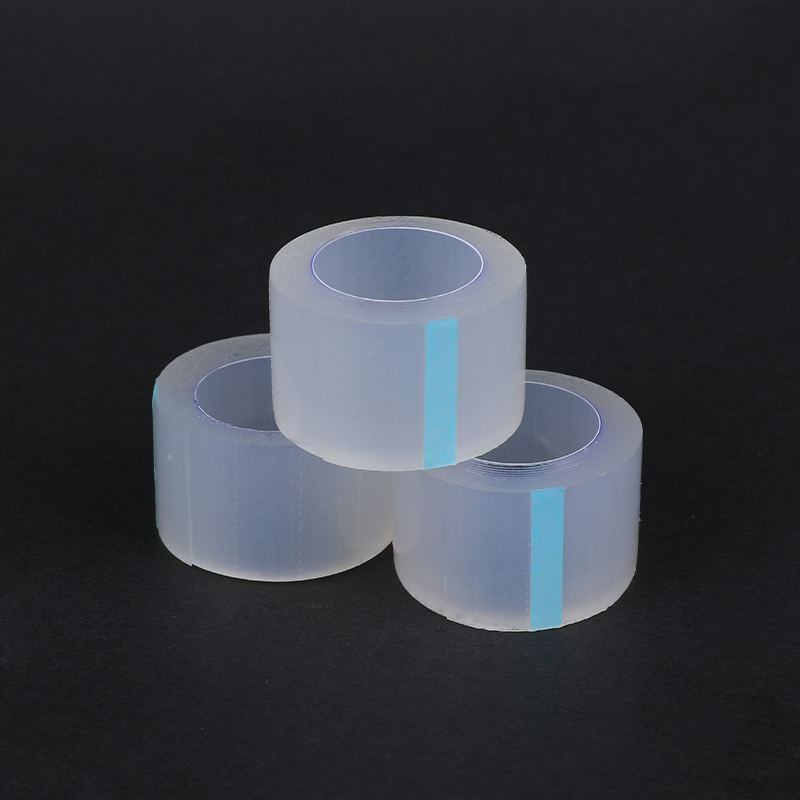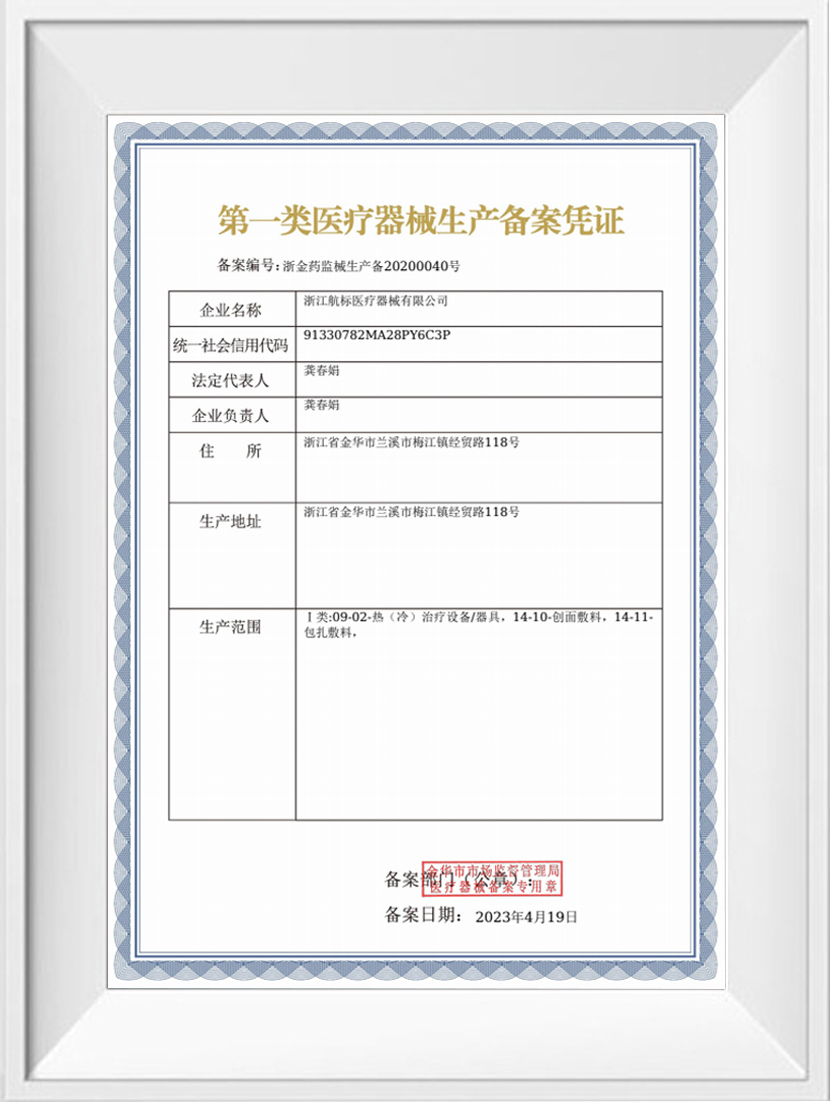Understanding the Risks of Skin Sensitivity
Surgical tapes come into direct contact with the skin, sometimes for extended periods, making biocompatibility a non-negotiable requirement. Allergic reactions such as redness, itching, rashes, or blistering not only cause patient discomfort but can also interfere with wound healing or post-surgical recovery. To avoid these outcomes, a Surgical Tape Manufacturer must design products that are gentle, safe, and hypoallergenic, even for people with highly sensitive skin.

Use of Hypoallergenic Adhesives
One of the important steps manufacturers take is choosing the right type of adhesive. Medical-grade, hypoallergenic adhesives—such as certain acrylics or silicone-based formulas—are carefully engineered to provide reliable sticking power without irritating the skin. These adhesives are formulated to avoid common allergens such as latex, formaldehyde, or harsh solvents. By eliminating known sensitizers, the manufacturer reduces the likelihood of an adverse reaction across diverse patient populations.
Thorough Biocompatibility Testing
Before a surgical tape product ever reaches the market, it must undergo rigorous biocompatibility testing according to ISO 10993 standards. These tests evaluate whether the product is safe for skin contact over varying durations and exposure types. Testing often includes skin irritation assays, sensitization studies, and cytotoxicity evaluations to confirm that the adhesive, backing material, and any additives do not provoke an immune response. Only after passing these tests can a Surgical Tape Manufacturer declare a product safe for clinical use.
Dermatologist-Informed Design
Many manufacturers consult dermatologists during the R&D phase to guide the formulation of skin-friendly tapes. Their expertise helps identify high-risk ingredients and supports the development of products tailored to specific patient needs, such as neonatal, geriatric, or burn care. Some manufacturers even perform clinical trials or consumer panel testing on volunteers to gather real-world data on comfort, adhesion, and skin compatibility before launching a new tape.
Latex-Free Production Policies
Given that latex allergies are among the common in healthcare settings, Surgical Tape Manufacturers have adopted latex-free policies across their product lines. This commitment extends to not only the adhesive layer but also to packaging materials and handling equipment. Clear labeling of "latex-free" or "non-sensitizing" on the packaging provides an extra layer of safety and reassurance for both clinicians and patients.
Controlled Manufacturing Environments
Cross-contamination is another potential source of allergic reactions. To avoid it, tapes are produced in cleanrooms where dust, microbes, and allergens are reduced. These facilities follow strict hygiene protocols, including filtered air systems and sanitized production lines, to ensure that no external contaminants compromise product integrity. By controlling the environment, manufacturers help preserve the hypoallergenic quality of their products.
Transparent Labeling and Instructions
In addition to designing a safe product, a responsible Surgical Tape Manufacturer ensures that healthcare providers can easily identify the tape’s ingredients, expiration date, and safety certifications. Detailed labeling—highlighting hypoallergenic claims and usage guidelines—helps clinicians make informed choices based on patient history. When used as directed, the chances of an adverse skin reaction are significantly reduced.
Conclusion
To prevent allergic reactions, Surgical Tape Manufacturers must take a proactive approach, starting from raw material selection and continuing through testing, production, and labeling. Through the use of hypoallergenic adhesives, rigorous biocompatibility assessments, dermatologist input, and latex-free policies, they deliver products that are safe for even sensitive skin. These efforts are essential for patient comfort, clinical effectiveness, and medical trust.



